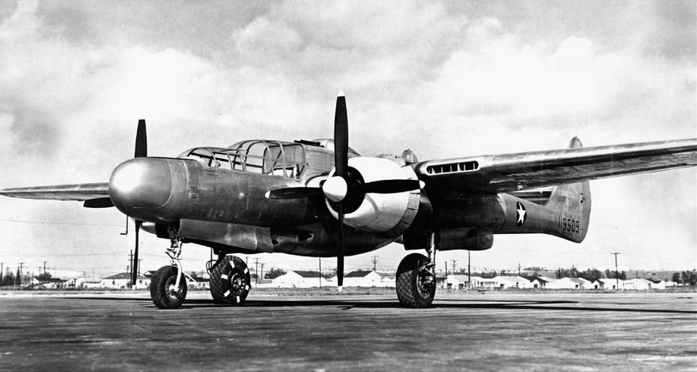
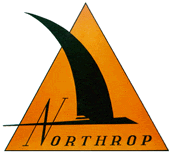
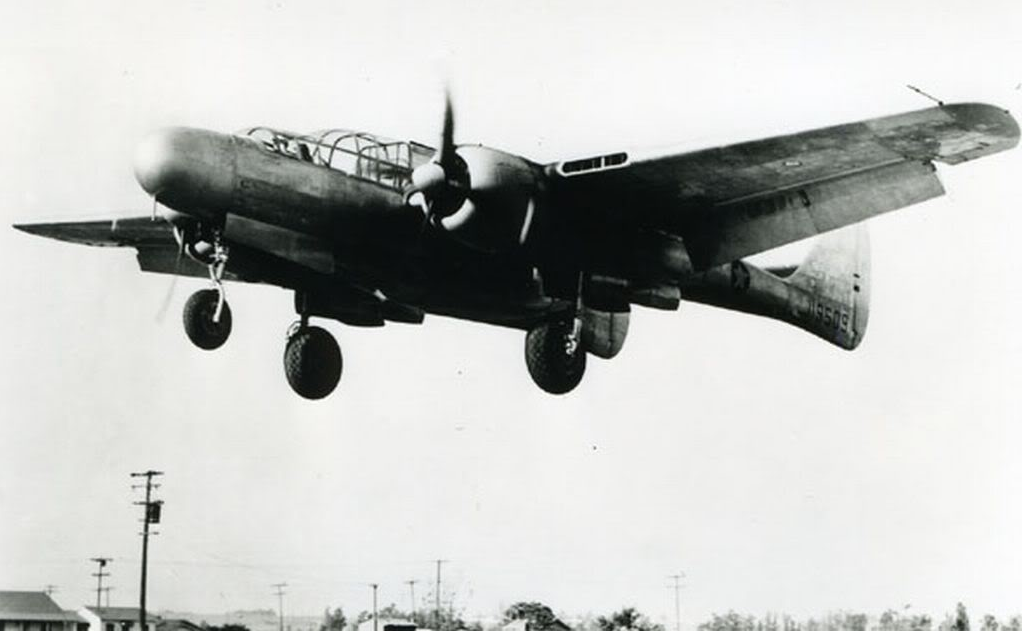
The first American airplane designed specifically as a night fighter, the XP-61 was the same size as a medium bomber: 48 feet, 11.2 inches (14.915 meters) long with a wingspan of 66 feet (20.117 meters) and overall height of 14 feet, 8.2 inches (4.475 meters). The prototype was equipped with a mockup of the top turret. Its empty weight was 22,392 pounds (10,157 kilograms), gross weight of 25,150 pounds (11,408 kilograms) and maximum takeoff weight of 29,673 pounds (13,459 kilograms).
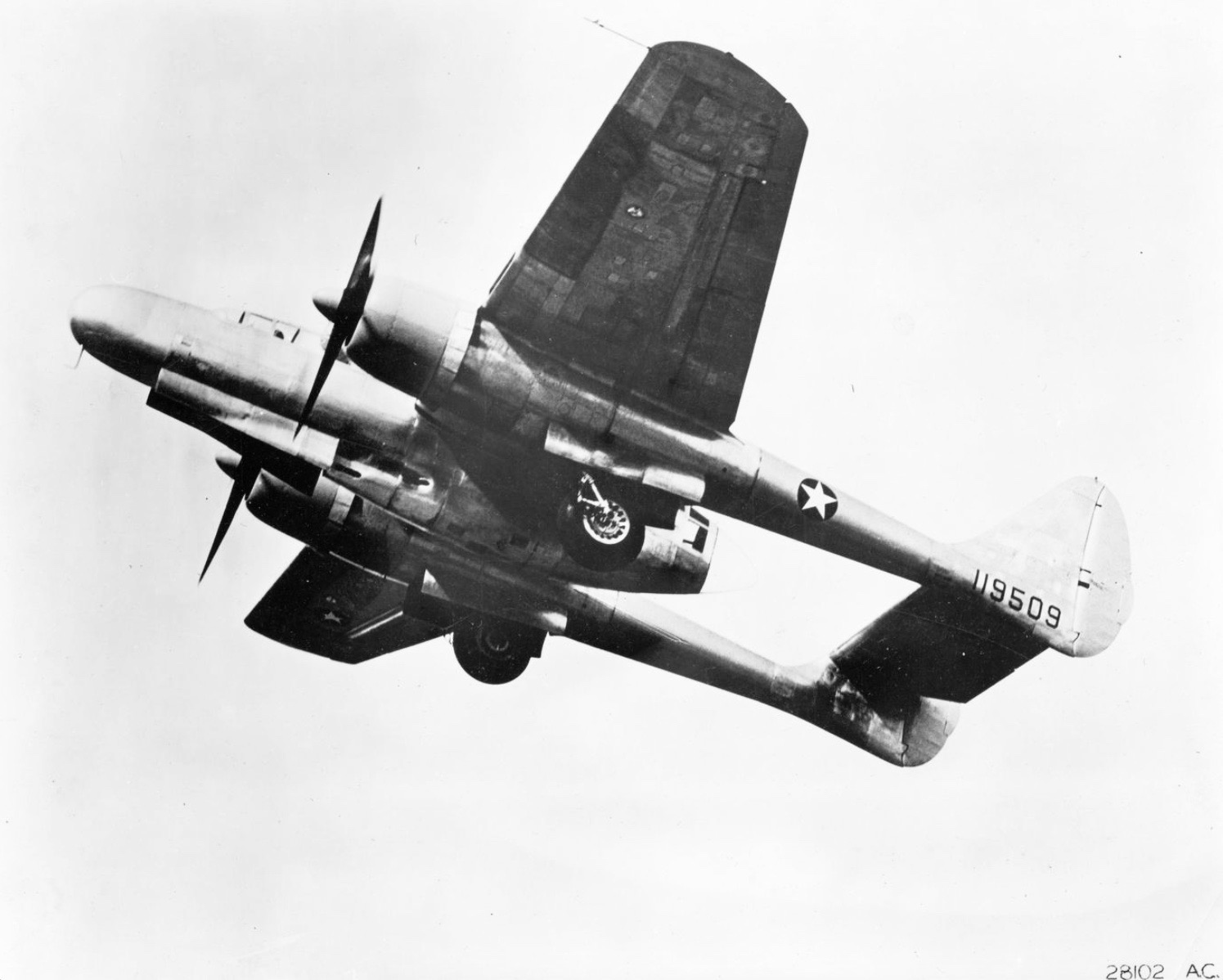

The prototype Black Widow had a top speed of 370 miles per hour (595 kilometers per hour) at 29,900 feet (9,114 meters) and a service ceiling of 33,100 feet (10,089 meters). The maximum range was 1,450 miles (2,334 kilometers).
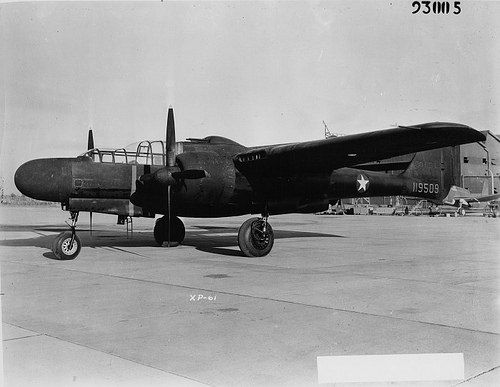

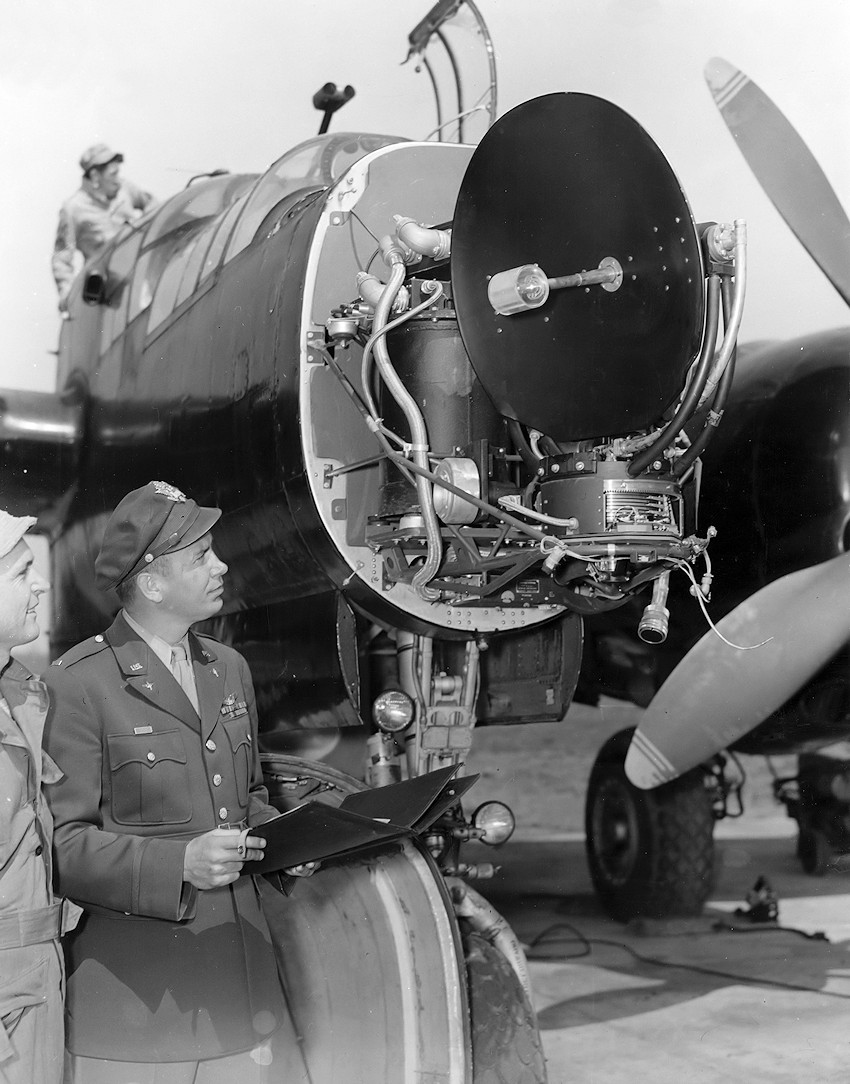
The Black Widow was armed with four Browning AN-M2 .50-caliber machine guns in a remotely-operated upper turret, and four AN-M2 20 mm aircraft automatic cannons, grouped close together in the lower fuselage and aimed directly ahead. This was a superior arrangement to the convergent aiming required for guns mounted in the wings. The fire control system was similar to that used by the B-29 Superfortress. The guns could be fired by either the gunner or the radar operator. The Black Widow carried 200 rounds of ammunition for each cannon.
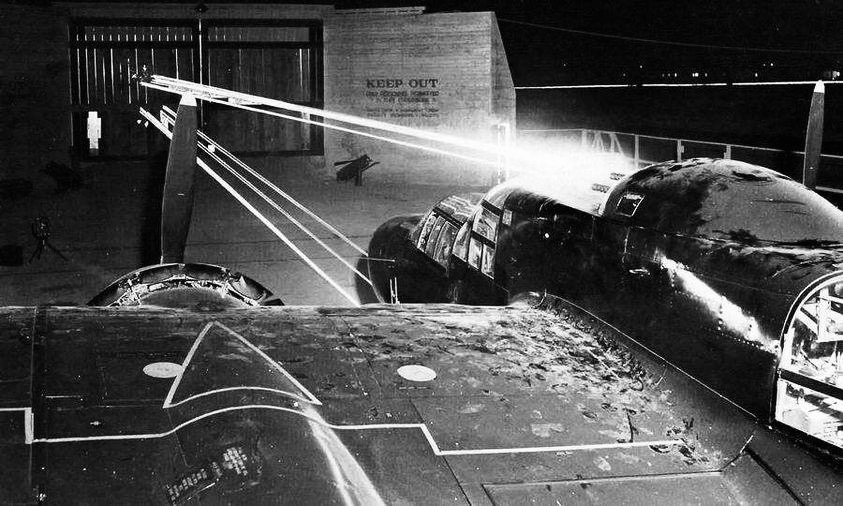
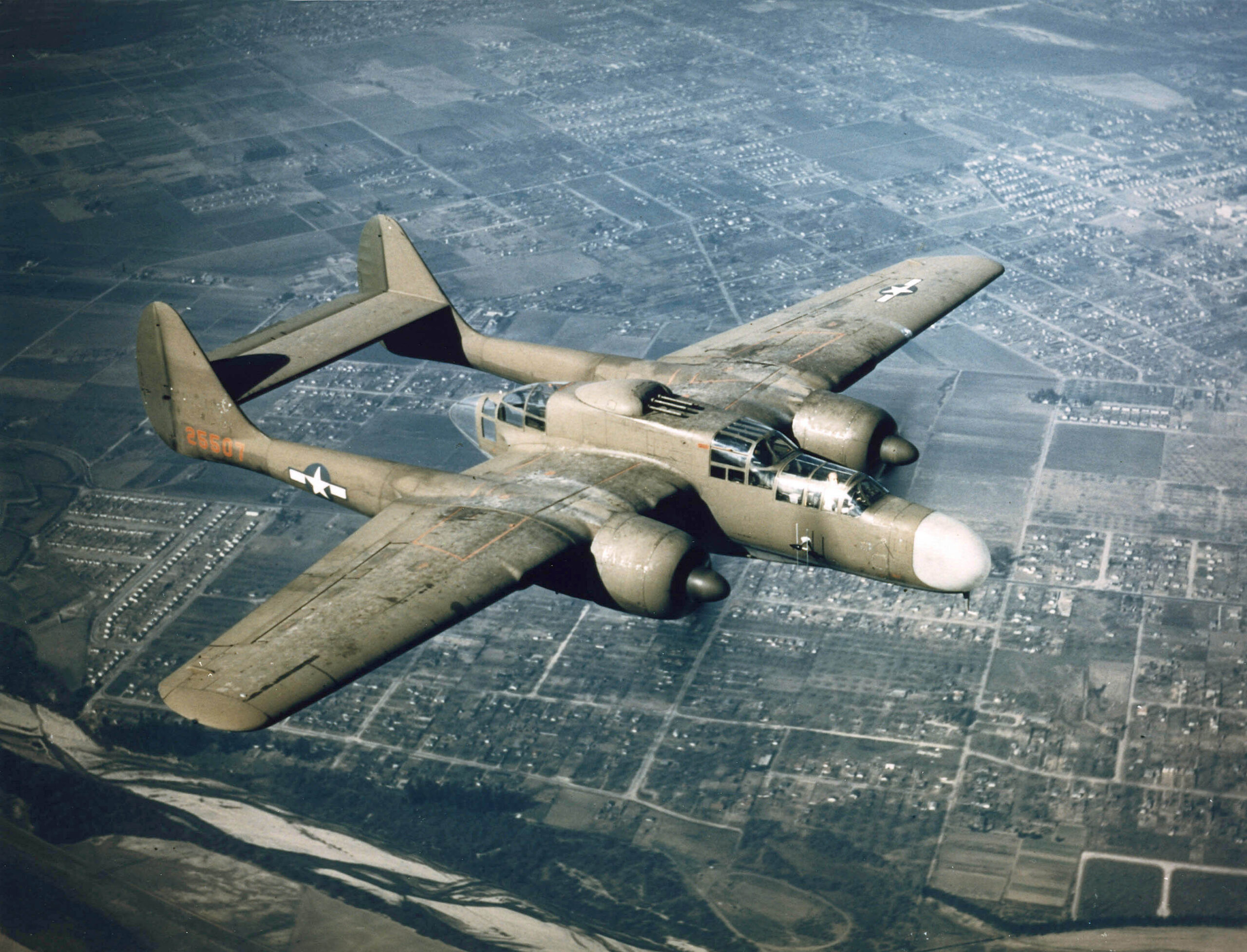
The XP-61 was built with a center “gondola” for the crew, radar and weapons, with the engines outboard in a twin-boom configuration, similar the the Lockheed P-38 Lightning. The Black Widow did not use ailerons. Instead, it had spoilers mounted on the upper wing surface outboard of the engines. Roll control was achieved by raising a spoiler, decreasing lift on that wing and causing it to drop. A similar system was employed on the Boeing B-52 Stratofortress ten years later.
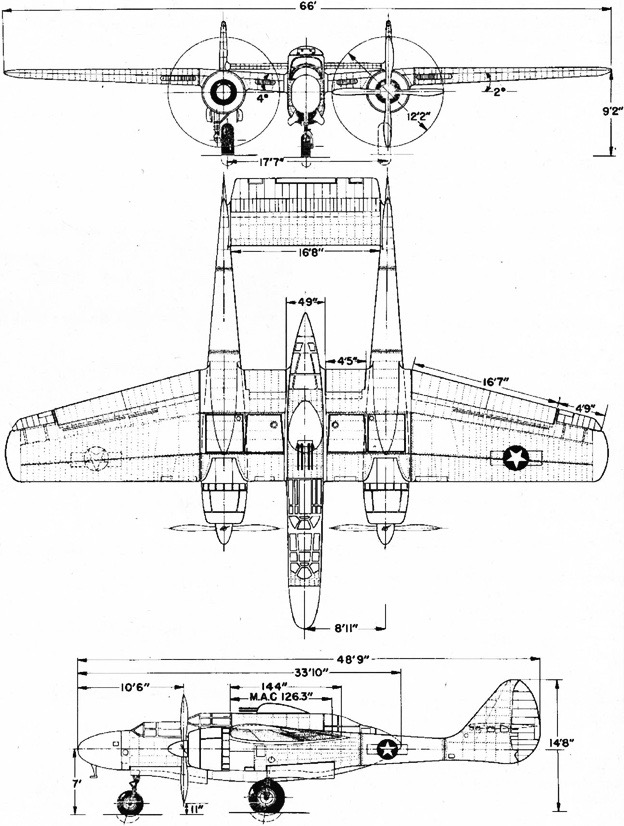
The P-61 got its nickname, Black Widow, from the glossy black paint scheme that scientists at the Massachusetts Institute of Technology (M.I.T.) had determined was the best camouflage for a night fighter. Over 700 P-61s were built, with 36 built as the F-15 photo reconnaissance variant. They served in both the Pacific and European Theaters during World War II, and were also used during the Korean War. After the war, the radar-equipped fighter was used for thunderstorm penetration research.
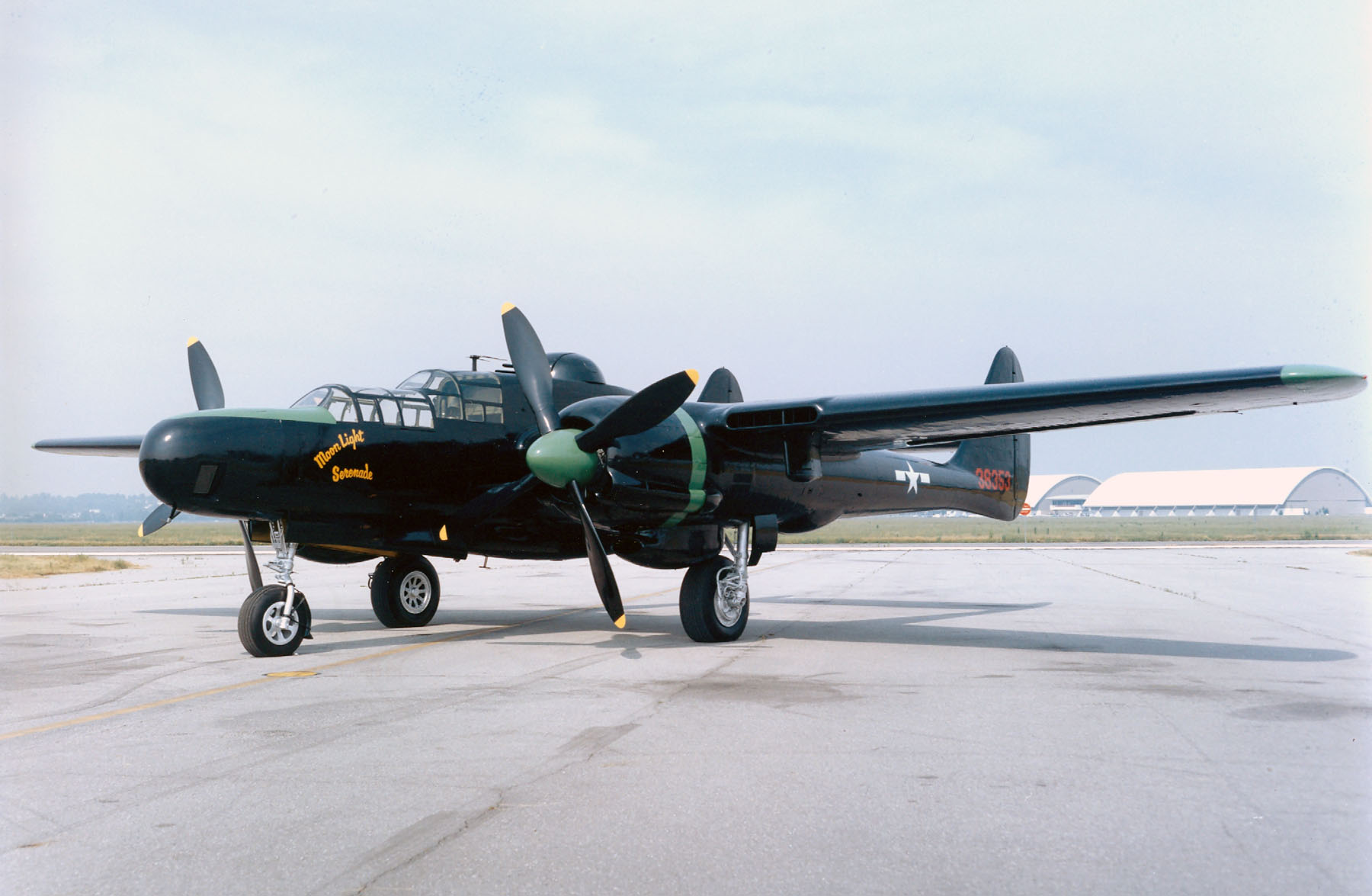
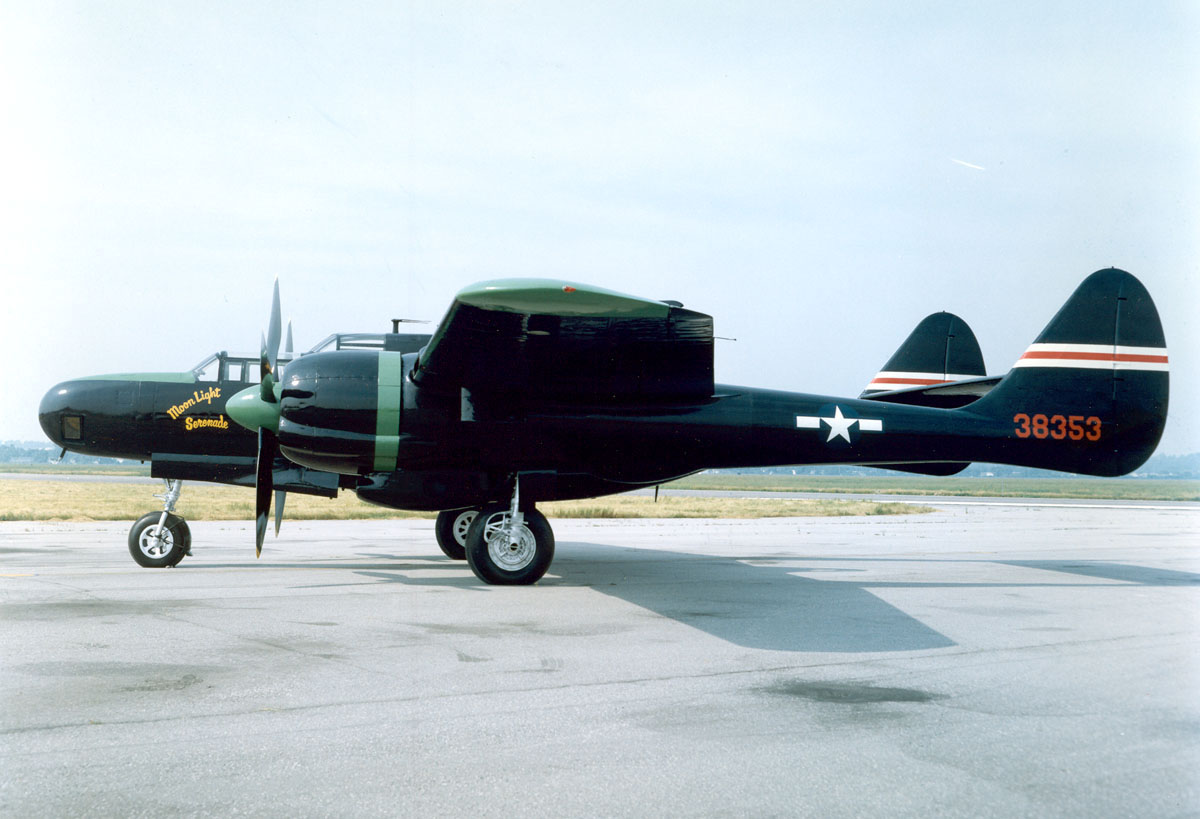
© 2018, Bryan R. Swopes